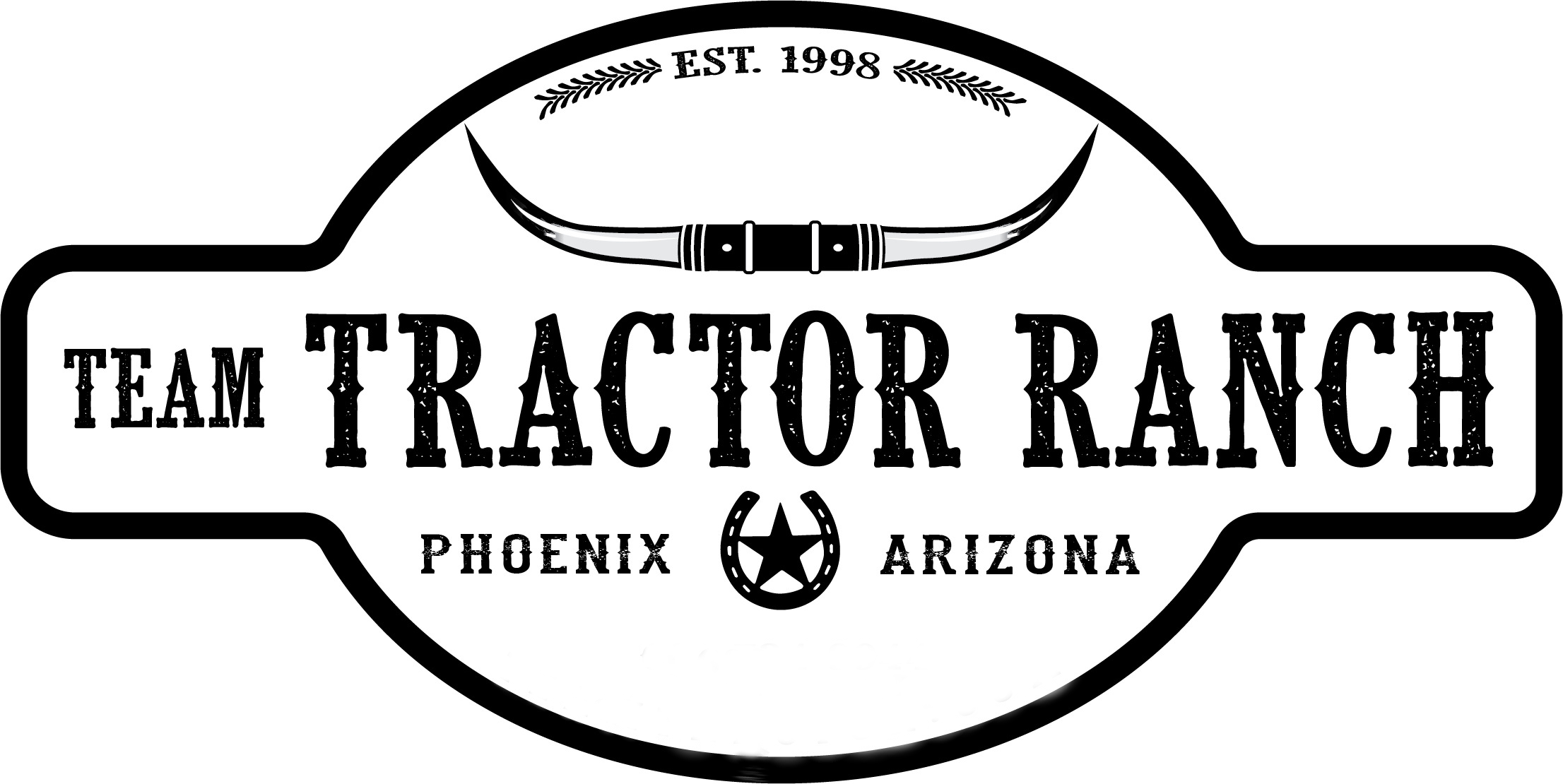Understanding Tractor Front Axle Types
Farm tractors have three basic front-end configurations.
This is to accommodate the operator’s varied farming needs.
Here they are.
Standard

The standard front end is also known as a “regular” or “wheatland.”
This front end features an axle with a fixed distance between the front wheels.
Standard front ends were the first designs used on early gasoline tractors and steam traction engines. These machines used a solid front axle that pivoted in the center.
While the standard front end has always been used on tractors, it became less popular when the tricycle design became popular.
The standard front end remained the choice for the vast wheat farms in both Canada and the western United States. This led to the standard being known as a “wheatland.” Some manufacturers further distinguished a “wheatland” tractor with the use of a high operator platform and wide fenders.
An adjustable wide front end is similar to the standard front end. The adjustable wide front allows the wheels to be moved to different widths. This accommodates driving between rows of crops. By spacing the front and rear axles, the tractor can straddle several rows, enabling the operator to drive through them without damaging the crops.
Some tractors even allow the front wheel tread to be changed by reversing the mounting of the wheels, or by using a spacer on the hub.
Standards have always been the style of choice for serious pulling tractors, as well as the default style for industrial tractors.
The heavy front axle is well-suited to the demands of loader work.
High Crop

The high-crop tractor features tall spindles on the front axle, and drop-down rear axles. This provides the tractor with a high ground clearance.
These tractors are useful for farms growing flowers, vegetables, nursery plants, or any other tall and bushy crop that must be worked. Many manufacturers refer to their high crop tractors as "vegetable" models.
High crop tractors are rare. These tractors often command very high prices due to their low production volume.
Tricycle

A tricycle (aka "narrow") is a type of row-crop front end. This allows the tractor to work between rows of planted crops. This is mainly for cultivating.
The tractor has either a single front wheel, or two front wheels, narrowly set together. The front wheels are typically angled toward each other in a 'V' shape. This enables both wheels to fit between a crop row. The rear wheels are usually adjustable to accommodate a variety of row spacings.
The tricycle front end became the dominant tractor design in the United States from the 1930s through the 1950s.
In the 1960s, chemicals replaced mechanical tillage as the primary means of crop cultivation. When this happened, the need for tricycle style tractors dropped sharply. In the 1970s, this style stopped being produced.
The tricycle style tractor has excellent maneuverability.
Because of its individual rear-wheel brakes, a tricycle tractor can pivot within its own length around one wheel. This tight turning radius is a great asset, especially when mowing in confined areas.
The tricycle design is somewhat unstable when compared with wide-spaced front wheels. This causes dangerous rollovers.
Tricycle tractors are also difficult to use with a front-end loader --- especially if it does not have power steering.
If you need any further help or have any questions about front axle types, tractors, or anything else, please contact your dealer, local mechanic, or call us at 602-734-9944. Please ask about our current new and used tractor supply.
Team Tractor and Equipment - #1 Tractor Dealer in Arizona. We sell and service most major brands of tractors including Yanmar, Kubota, John Deere, TYM, Mahindra, Kioti, Case, New Holland, Massey Ferguson, Ford, Deutz, Case IH, Farmall, International Harvester, Branson Tractors, LS, Shibura, Claas Tractor, McCormick Tractors, Valtra, Solis, YTO, Montana, and Nortrac.
